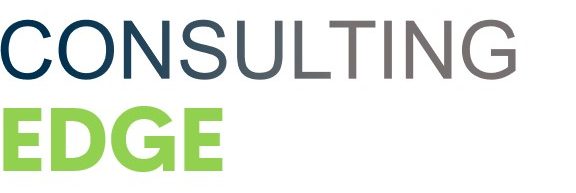The dashboard is an important tool for managers to see how their team or company is performing. It can help them spot problems early on and correct issues before they snowball into bigger ones. But what should include in a strategic plan dashboard?
Before all this let understand the basics of the strategic plan dashboard;
What is the strategic plan dashboard?
A strategic plan dashboard is a reporting tool that allows managers to monitor the progress of their teams or divisions. This reporting includes goals, projects, actions, and performance.
It provides a visual display of how the team is performing, both in terms of what has been done and what needs to be done to reach company goals. Plus it allows managers to monitor their teams as they work towards those goals each day or week. This includes progress on any given project or action item, as well as whether or not they are meeting deadlines and quality standards.
By reviewing key metrics on this report, they can make informed decisions about which actions to take next and whether those previous steps were effective, or need to be tweaked.
How does it work?
A strategic plan dashboard can be as simple or complex as a manager wants, but there should always be some sort of reporting tool that managers use to monitor progress on more than one level. This is because all levels need feedback; from the top-down and bottom-up.
Without this, managers might make important decisions based on faulty information.
The dashboard should update regularly, as goals and objectives are always subject to change.
What goes into it?
Now that we know what a strategic plan dashboard is and how it works, let’s take a look at what should go into it.
There are three key elements that every dashboard should have: metrics, visuals, and key performance indicators (KPIs).
Metrics:
Metrics are the numerical results of a project or action item. They can be found on work orders, purchase requests, contracts, etc – any document where numbers have been assigned to something being done by one person or group.
Some examples might be hours worked for an employee completing their annual review, expenses incurred for a company-wide marketing campaign, or the number of widgets produced in a day.
Visuals:
Visuals are graphs, charts, and other images that help to explain the data found in metrics. They can be used to show how a team is performing over time or compare teams against each other.
For example, if one team has consistently higher production numbers than another, a bar graph could be used to compare the two teams.
If one team has lower turnover numbers than another that might mean they are doing something right and deserve recognition as such. So a pie chart comparing both groups against each other would help managers see this quickly.
KPIs:
KPIs or key performance indicators are those metrics that best demonstrate how well a team is performing. They are the most important metrics to track and managers should always be on the lookout for KPIs. They can help them measure how well they or their teams are doing.
Some examples of KPIs can be the number of sales calls made in a day, customer satisfaction ratings, percentage of projects completed on time, or the amount of money saved through process improvement.
Creating Strategic Plan Dashboard
Now that we know what should go into a strategic plan dashboard;
Tell a story with your dashboard:
By telling a story with your dashboard, you will ensure that managers look at the information and understand it. This means they can best use this information to make informed decisions about how things are going and what needs to happen next.
To do this:
- Use metrics, visuals, and KPIs together in order to provide one complete picture of where things stand.
- Make sure that the visuals are easy to understand and quickly show trends.
- Use KPIs sparingly and only include those that are most important in order to avoid overwhelming managers with too much information at once.
- Keep the dashboard up-to-date as goals and objectives change.
A well-made strategic plan dashboard can be an extremely valuable tool for any manager. By following the tips above, you can be sure that your dashboard tells a story and helps managers make informed decisions.
Enable your target audience:
When designing a dashboard, always think about your target audience and what insights they should be able to draw from the data. As we mentioned earlier, different people need different types of information in order to do their jobs well.
Your target audience might not include managers, so you’ll want to make sure that the data is easy for them to understand. Or, your target audience might be the board of directors and you’ll want to include more metrics and fewer visuals.
No matter who your target audience is, always aim to make their job easier by giving them quick insights from data.
Choose what to include in your charts:
Remember that you can choose what to include in your charts based on the insights you want managers or other team members to be able to draw. You don’t always need all of the metrics above.
If a KPI is more important than usual, then make sure it includes as well as any visual that helps show its trend line. If you want to show how a team is doing compared to last year, then include that information in your dashboard.
The key is to be thoughtful about the data you choose and make sure it will help your target audience do their jobs better. This way, everyone can be on the same page and work towards common goals.
Gather feedback along the way:
Once you’ve created your dashboard, take the time to gather feedback from those that will be using it. This way you can make any changes as needed and ensure that managers are getting what they need out of their dashboards.
When everyone is happy with how things look, then just keep updating the data as often as possible. So that managers always have the most recent information to work with. This will help them make the most informed decisions possible.
Conclusion
A well-made strategic plan dashboard can be an extremely valuable tool for any manager. By following the tips above, you can be sure that your dashboard tells a story and helps managers make informed decisions.
Remember to gather feedback along the way. So that you can continue to improve your dashboard and ensure that everyone is getting what they need from it. This way, managers can make the most informed decisions possible.






